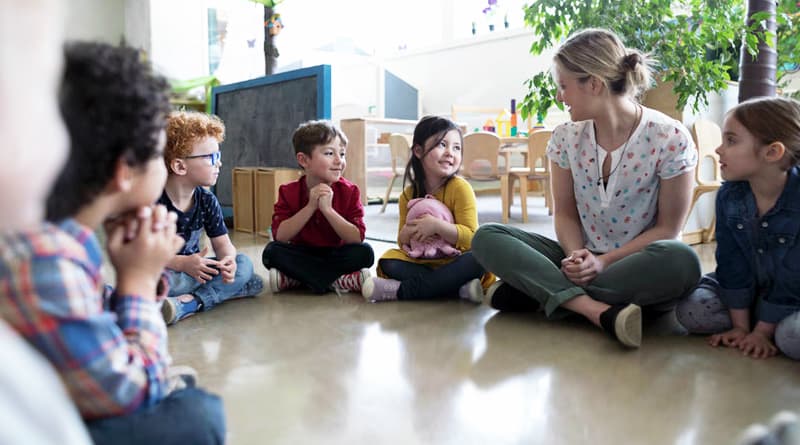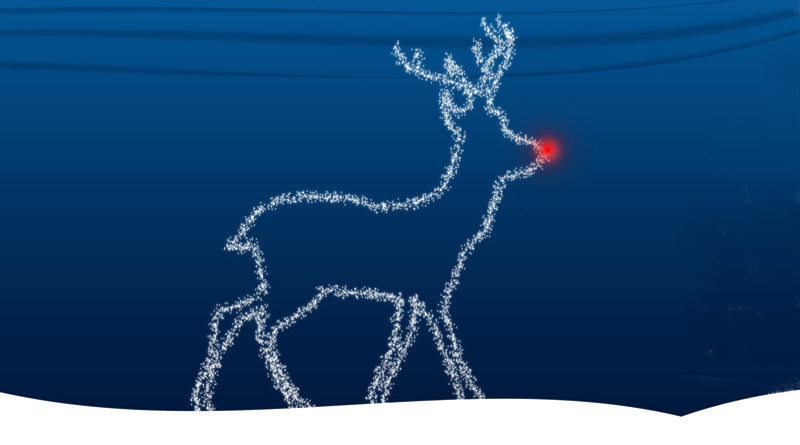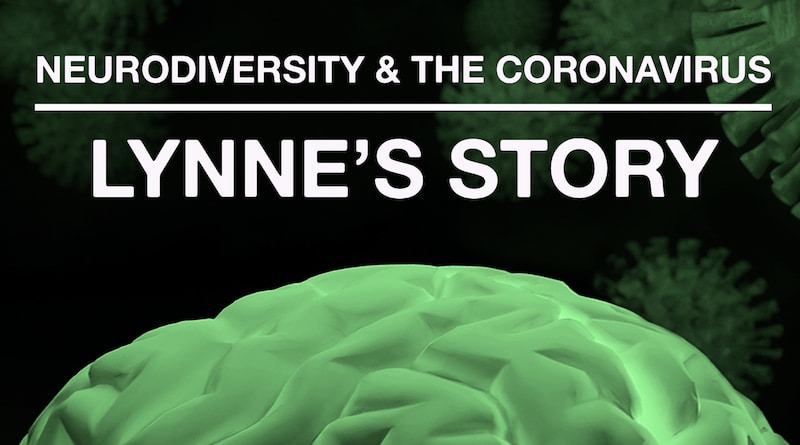
Using Neurodiversity to Build Learning Communities with Social & Emotional Strength
By Felicia Mizgorski
Our learning community “tribes”
A time long ago, our ancestors had this part right: a circle around a fire sharing stories of human connection and creating a sense of belonging. It is amazing what people will contribute when they feel safe. Take a walk through classrooms today and you will observe “Circle Time.” The purpose: Social and Emotional Learning. We want children to feel valued with a strong sense of self-efficacy. It is needed before we risk the vulnerability learning brings.
Let’s face it. Learning is hard work. If a child doesn’t feel equal to the task, trouble is going to manifest in all kinds of creative ways. Creativity then is a potential solution. We need to look at the strengths that Neurodiversity brings and apply them to the work of Social and Emotional Instruction.
The good news is, people have elements of many learning intelligences. The early tendencies seem to be Audio, Visual, and Kinesthetic but others develop soon enough to incorporate them in instructional activities.
Game Time!
Are you up for a game of match the activity to its Neurodiverse foundation? No worries, you got this. A word box is provided to help you remember. You can even select multiple learning intelligences for each activity.

*Sir Ken Robinson’s work in educational reform brings the addition of the last two.
Aesthetic: Learners who “live in the moment” They are a combination of visual, auditory and love the ambience of the learning environment.
Divergent: Learners who see multiple outcomes and ideas. They are the “what if” people.
Directions: Match the Activity to the Learning Intelligence(s).
Social/Emotional Goal: Relationship Building
Activity: Me Bags: Students share stories about themselves by utilizing a self-decorated bag that they have filled with self-chosen symbolic representations of their interests.
Social/Emotional Goal: Respect
Activity: Poetry: Students individually explore thoughts and feelings about the features of respect. It can have figurative language which is testable item.
Social/Emotional Goal: Empathy
Activity: Listening Partners with a Visual Prompt: Choose age-appropriate images of people, places or things that evoke feelings of empathy. Keep discussions geared toward feelings. Could have a writing component.
Social/Emotional Goal: Compassion
Activity: Dramatic Improvising Without Words: The language used is that of facial expressions, and gestures. Students present a short dramatic play where the audience identifies actions that show compassion.
Social/Emotional Goal: Authenticity
Activity: Sharing Favorite Music: With educational appropriateness in mind, select a song that has meaning to you and can be applied to the educational setting. (I had a dear colleague who played “The Eye of the Tiger” every year as our state testing began.)
Social/Emotional Goal: Fairness and Trust
Activity: Comic Strips: Students create comic strips depicting an activity where fairness and trust are shown. You can even have create dialog among the characters.
Social/Emotional Activity: Patience and Self Control
Activity: Empowering Breathing: Demonstrate Diaphragmatic Breathing as a tool to calm one’s self. Combine it with a bit of music or nature sounds.
Results
How did you do? I hope you got several learning intelligences for each item. In this case, it is not the answers we seek, but rather the process of considering possibilities.
At the Center for Teacher Effectiveness, Social and Emotional Learning Strategies are one of the Five Components of the Classroom Management Course. The skills taught reduces referrals, increase test scores, and help Teachers do what they do best: Teach! To find out more about Classroom Management, Differentiated Learning: Student Engagement and Motivation or to connect with Felicia directly, visit feliciatrains.com. Teach with Passion and Manage with Compassion! It’s Contagious.

Felicia Mizgorski is a long time public school educator from Pittsburgh Pennsylvania. After twenty years of service teaching and curriculum coaching, she now helps fellow educators transform their classrooms. Felicia travels the United States as a National Trainer for the Center for Teacher Effectiveness facilitating courses in Classroom Management and Differentiated Instruction. For more about Felicia, visit: feliciatrains.com or look for her on LinkedIn. Click here for information about classroom management, and click here for information about differentiated instruction.




